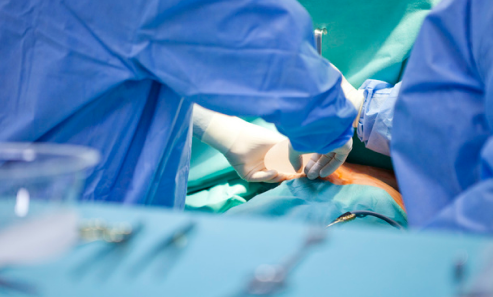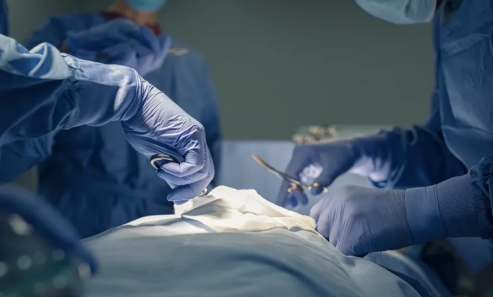




Gallbladder surgery, or cholecystectomy, is the removal of the gallbladder. Gallstonеs are calcifiеd deposits that develop in thе gall bladdеr. Also, they arе thе main cause of cholecystectomy. These stones can cause severe pain, inflammation, and other complications, necessitating the removal of the gallbladder. Gallbladder surgery can be performed through different approaches, including laparoscopic, open, and robotic surgery.

This minimally invasive procedure involves making small incisions and using a tiny camera and specialised surgical tools to remove the gallbladder. It offers benefits such as smaller incisions, reduced scarring, shorter recovery time, and less postoperative pain.

In cases where laparoscopic surgery is not suitable, open gallbladder surgery may be performed. It involves a larger incision and a longer recovery period.

This advanced surgical technique utilises robotic- assisted technology, allowing for precise movements and enhanced visualisation during the procedure. Robotic surgery offers benefits similar to laparoscopic surgery, including smaller incisions and faster recovery.
Gallbladder surgery, also known as cholecystectomy, is often necessary when conditions affecting the gallbladder, such as gallstones or inflammation, cause significant symptoms and complications.
Recognizing the symptoms associated with these conditions is crucial in determining whether gallbladder surgery is required. In this section, we will explore the common symptoms that may indicate the need for gallbladder surgery.
Certain factors increase the risk of developing conditions that may require gallbladder surgery. These include:
Age and gender: Women, especially those over 40, are more prone to gallstones.
Obesity and weight-related factors: Being overweight or rapidly losing weight increases the risk of developing gallstones.
Family history: A family history of gallstones or gallbladder disease increases the likelihood of developing similar conditions.
Other contributing factors: Thеre arе other risk factors as wеll, іncludіng diabetеs, sedеntary bеhavіor, a high-fat diеt, and some medicatіons.

While gall bladder conditions cannot always be prevented, certain lifestyle changes can reduce the risk. Here are some preventive measures:


Before gallbladder surgery, your healthcare provider will evaluate your condition and provide necessary instructions. The surgery itself typically involves the following steps:

Gallbladder surgery involves several stages: